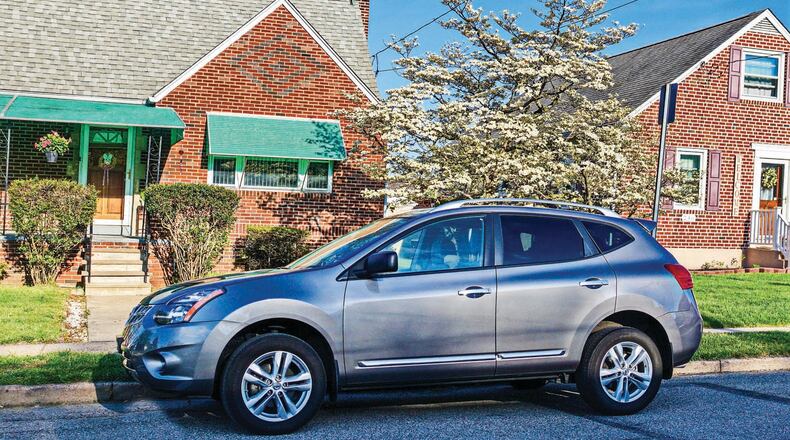In late June, she decided it was time for a haircut for Apollo, her Yorkshire terrier.
Her car, though, thought otherwise.
“It wouldn’t start,” Dark said. “So I had it towed to my shop (AAA Car Care Plus in Grandview) and it turned out I needed a new battery and some alternator work.”
The $550 lesson she learned? Cars are meant to be driven, and if they sit too long, they get uncooperative.
“Cars are like human beings, they need to exercise,” said Adam Yost, a service adviser at Luke’s Auto Body on the North Side. “They’re better off when they’re used and exercised than when they’re not.”
And in finding that out the hard way, Dark is hardly alone. Kimberly Schwind, spokeswoman for AAA Ohio, said that between March 15 and August 31, AAA battery-service calls increased by 27% statewide compared to the same period last year.
Even when sitting, cars use slight amounts of power, particularly most modern cars with electronic systems. If not used and recharged, batteries can be drained.
“Number one on the list of incidents we’ve seen has been batteries,” said Steve Miller, manager of the Grandview AAA shop where Dark took her car. “Battery sales went through the roof in May and June.”
Yost said Luke’s also had seen a significant increase in brake problems attributed to cars sitting too long. He said brakes can build up corrosion and eventually need new pads and rotors.
That can cost between $400 and $500 per end of the car, he said.
Other issues that can plague idle cars include low tire pressure and problems with electric components such as fuel pumps, starters and alternators, Miller said.
Fortunately, avoiding these repairs is as simple as driving your car more often. Miller said that if you haven’t started your car in a week, fire it up and take it for spin but not just around the block.
“People have a misconception they can start it and drive it to the grocery and back and they’re good, and they’re really not,” he said. “Drive it a good 20 to 30 minutes, and on the freeway would be ideal. You need to build the rpm of the engine up and it will recharge a lot faster.”
Yost offered the same advice.
“Figure out where your favorite ice cream place is on the other side of town and go for a drive,” he said. “Get the engine hot and the fluids up to temperature to get them circulating through the system.”
As many of the state’s restrictions have eased, Ohioans are taking to the road more often.
Ohio Department of Transportation spokesman Matt Bruning said that in April, statewide traffic was down 49% from the same time last year. It increased steadily until about July 4 and has since leveled off at about a 15% decrease from 2019.
Dark, who now lives in the Short North in Columbus, is among those driving more often.
“Definitely now that the state has opened up a little more I’m using my car more,” she said. "As a woman, I never want to get stranded, so I’m trying to be a little more proactive and making sure it keeps moving.
“I guess the saying is true: If you don’t use it, you lose it.”
About the Author
